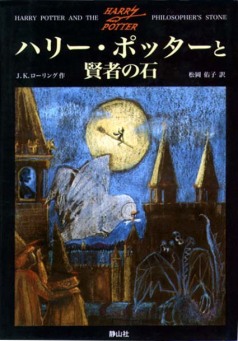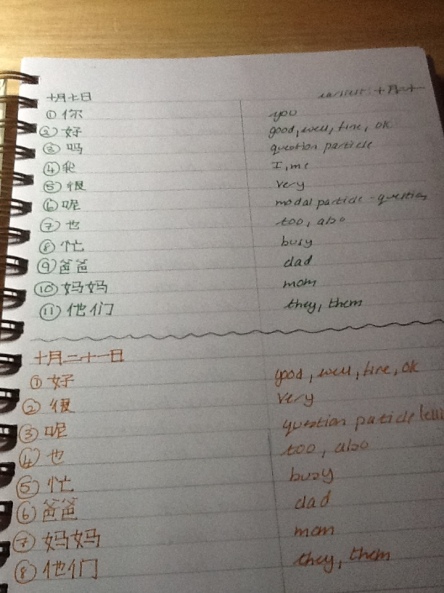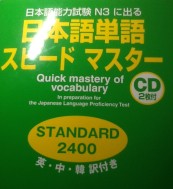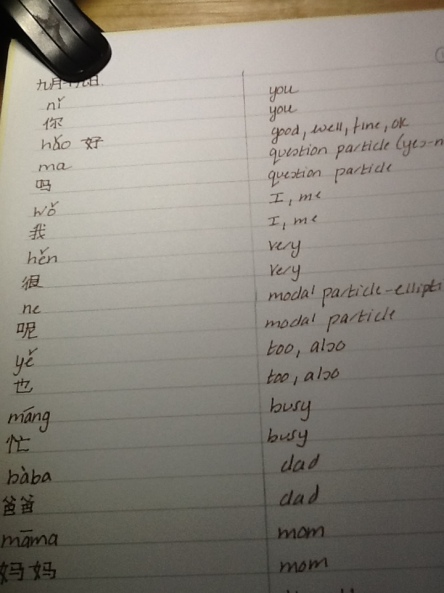It’s been awhile since I’ve blogged, so I’m just going to use today as a summary of my studies and also thin gs I’ll be writing about soon.
gs I’ll be writing about soon.
Over the last week or so I’ve managed to read a few interesting blog posts whose language tips that I’ve decided to try. One of these I found at http://www.smartlanguagelearner.com/experts-reveal-method-learning-vocabulary/
Lizzie Fane describes listening to an audio book in her own language whilst reading the book in the target language. She argues that you can experience a wide range of interesting vocabulary and also make progress in your learning. For me this sounds great. Not necessarily due to the promises of vocabulary enrichment but rather that finding Japanese modern audiobooks is extremely difficult or crazily expensive. So this approach maybe one way in which I can use my Japanese books in a different way. I do like to listen to what I’m reading as I think it helps comprehension. But to read and listen in two different languages? That’s worth a try. Like Lizzie I’ll be using Harry Potter but for me this will be the Japanese text, English audio.
Mini-update
In two weeks time I’ll be posting about my experiences with the Goldlist method and Luca’s approach to language learning. I’m given it two more weeks because I will have ‘distilled’ my vocabulary lists for a third time and it will be great to see how it works out. I’ve posted about both methods already but visit hualiganov.tv/goldlist-eu/ for a detailed breakdown. Incidentally, for a good example with Chinese see Robert Genito’s approach which I’m trying to follow with Japanese and Chinese with a slight adaptation. http://www.youtube.com/watch?v=F4rvURH_P94
Anyhow, as far as my studies(?) are concerned, my Chinese has a simple but so far effective set-up. I’m dedicating as often as I can (work, grrr) to an hour a day. If I can’t manage this I always do ten words using iKnow. Though some have  complained about the need to pay for this site I find it excellent as vocabulary is in context and Hanzi is presented as well as pinyin. The same is true for Japanese which I’ve been using for some time. I will post again on my Chinese schedule and how I’m using Skype to aid my understanding.
complained about the need to pay for this site I find it excellent as vocabulary is in context and Hanzi is presented as well as pinyin. The same is true for Japanese which I’ve been using for some time. I will post again on my Chinese schedule and how I’m using Skype to aid my understanding.
 often read Chinese I find it easier to give the English. So, I wanted the challenge and also the test of getting the tones correct as well (grr). I like the two line approach and two column method. It was easy to focus (to recall) just one element rather than trying two at the same time. I really think this helped in the recall process.
often read Chinese I find it easier to give the English. So, I wanted the challenge and also the test of getting the tones correct as well (grr). I like the two line approach and two column method. It was easy to focus (to recall) just one element rather than trying two at the same time. I really think this helped in the recall process.



